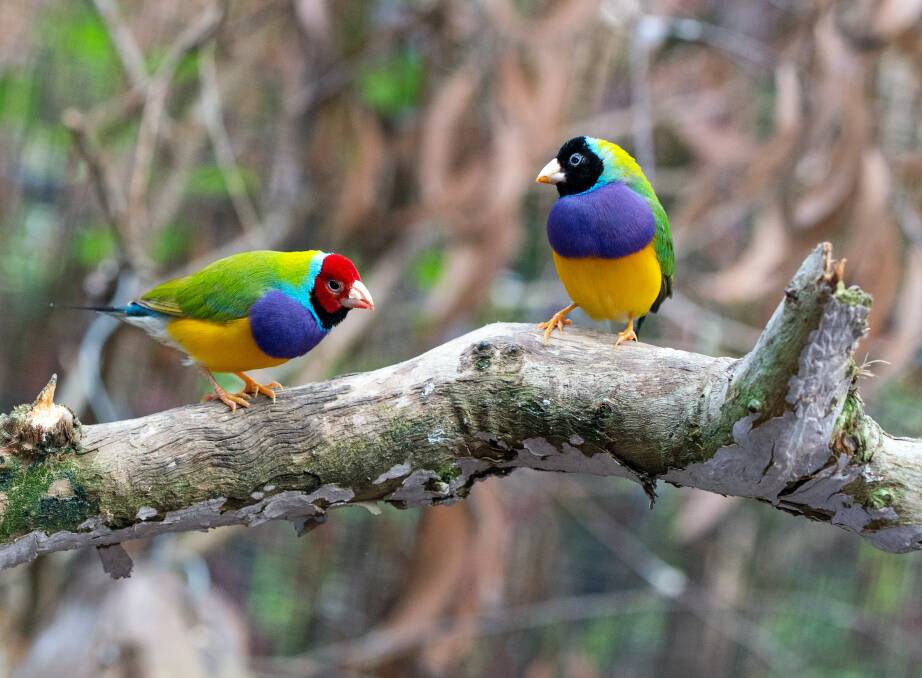
Australia's biodiversity is at risk, with more than 1,700 species of plants, animals, micro-organisms and ecosystems known to be threatened or nearing extinction.
Subscribe now for unlimited access.
or signup to continue reading
Our ecological footprint has put five endangered animals at risk of extinction across the country, including the Northern Territory's Gouldian Finch.
There is an estimated 1,500 Cassowaries left in the wild and the intrinsically Australian Wallaby and Koala are also critically vulnerable.
Deforestation, fires, unsustainable use of land, overfishing and climate change are all to blame.
The Federal Government has been widely criticised over its management of Australia's unique wildlife, most recently by Independent MP Zali Steggall.
"1890 species have been listed as threatened, and four species per decade on average are going extinct. Compounding this, over three billion animals were displaced or perished in last summer's catastrophic bushfires, another fifty species could be threatened," she said.
"Protecting our environment is now more critical than ever."
In 2013, a Senate Committee handed down an Environment and Communications report Effectiveness of threatened species and ecological communities' protection in Australia loaded with recommendations for the Australian, state and territory governments.
Almost eight years later, the government is still working to implement the recommendations.
Last week, a common assessment method for identifying and classifying threatened species in Australia was established.
Successive reports handed to the government have highlighted there is a need to develop a nationally consistent approach to the listing of threatened species.
Tony Griffiths from the NT Department of Environment, Parks and Water Security says the Territory has started implementing this agreed method by reassessing the conservation status of a number of species, and is inviting feedback from the public on the changes.
"Regular revision of the NT threatened species list is necessary," he said.
"Species listings are prone to change, either with a shift in status or as more information comes to hand.
"It is important that we correctly identify which species are threatened and to what degree. Through this process we can provide accurate advice to environmental impact assessment and approval processes on the likely impacts to threatened species."
So far the revision includes 12 additions and 11 removals from the NT Threatened Species list, as well as 16 changes of status level within the list.
The proposed changes include increasing the threatened category of six migratory bird species, where numbers arriving in Australia have declined due to degradation of their habitat in the northern hemisphere.
And removing four mammal species from the threatened list which have been found to be more widespread than previously thought.
The nominations for changes were assessed by a review panel, comprising members from Charles Darwin University, the CSIRO, the Department of Industry, Tourism and Trade's Fisheries Division and the Flora and Fauna North and South divisions which includes the NT Herbarium.
The period of public consultation on the proposed NT Classification of Wildlife will be open until February 24, 2021.
You can have your say here.
While you're with us, you can now receive updates straight to your inbox each Friday at 6am from the Katherine Times. To make sure you're up to date with all the news, sign up here.

